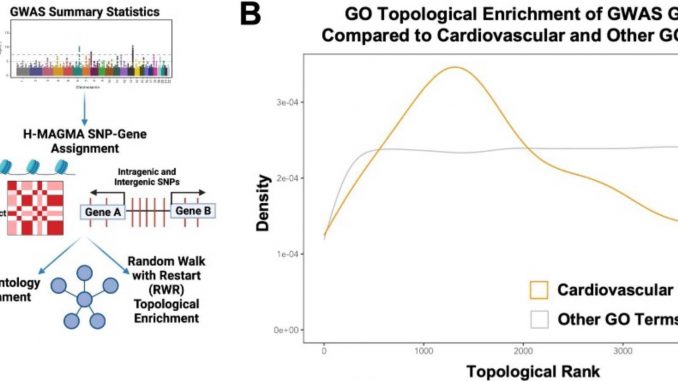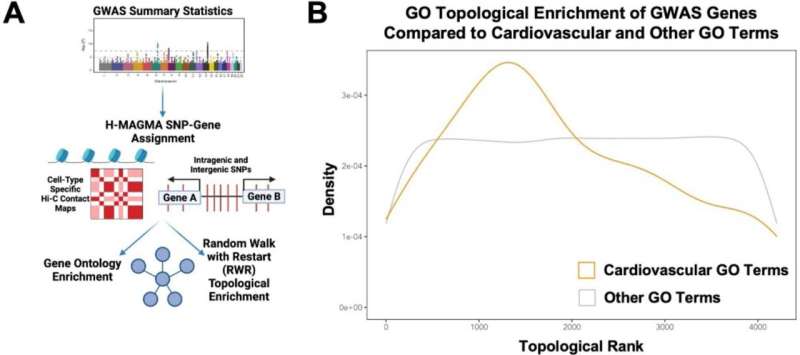

A team of researchers affiliated with a large number of medical research institutions in the U.S. has identified 139 genetic risk loci associated with varicose veins. In their paper published in the journal Nature Cardiovascular Research, the group describes analyzing data from the U.S. Veterans Million Veteran Program (VMVP), along with information from four other large biobanks and what the study indicated about the polygenic architecture of varicose veins.
Varicose veins become enlarged due to valve problems that lead to improper blood flow. Severity of the condition varies from unsightly and annoying to life threatening. The most common treatment for the condition is sclerotherapy, in which a saline solution is injected into the veins, preventing them from carrying blood.
In this new effort, the researchers noted that varicose veins represent a common cause of cardiovascular morbidity with little available treatment. They also note that prior research has shown that varicose veins are heritable and that several risk factors have been identified, but to date, little is known about the genetics behind the emergence of varicose veins. The researchers sought to learn more about risk loci associated with the condition.
The researchers searched data from the VMVP along with data from four other large biobanks for evidence of genetic factors associated with 49,765 patients with varicose veins. They were able to identify 8,300 variants involving 139 risk loci. The researchers were also able to identify genetic overlap between varicose veins and other vascular diseases.
The researchers combined their analysis with other tools, such as the development of epigenetic profiles, and were able to identify some of the biological processes involved in the development of varicose veins. They conclude that the genetic risks involved in developing varicose veins are shared with a host of other traits, including characteristics of certain vascular proteins. They further suggest that the condition has both primary and secondary causes and that it should be possible to identify markers in people likely to develop the condition.
More information:
Michael G. Levin et al, Genetics of varicose veins reveals polygenic architecture and genetic overlap with arterial and venous disease, Nature Cardiovascular Research (2023). DOI: 10.1038/s44161-022-00196-5
© 2023 Science X Network
Source: Read Full Article